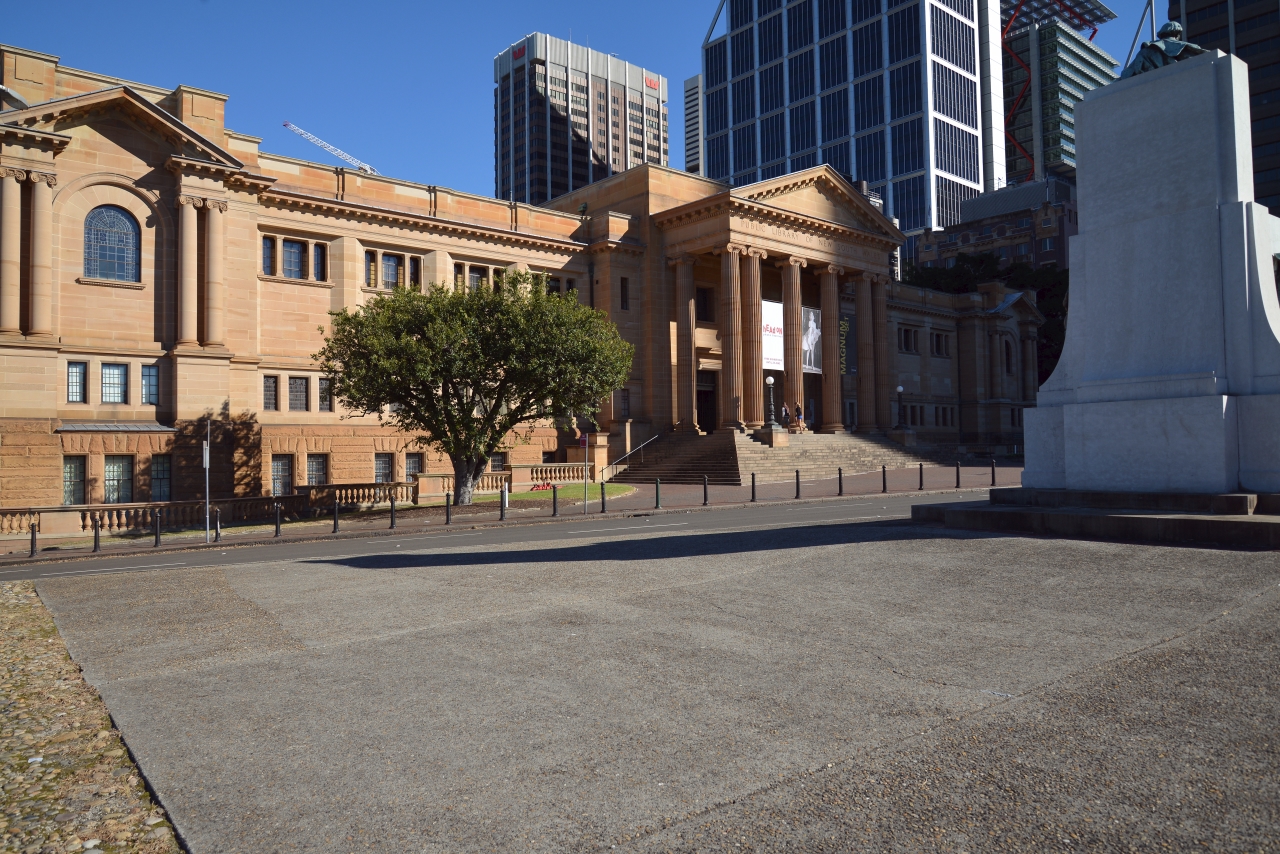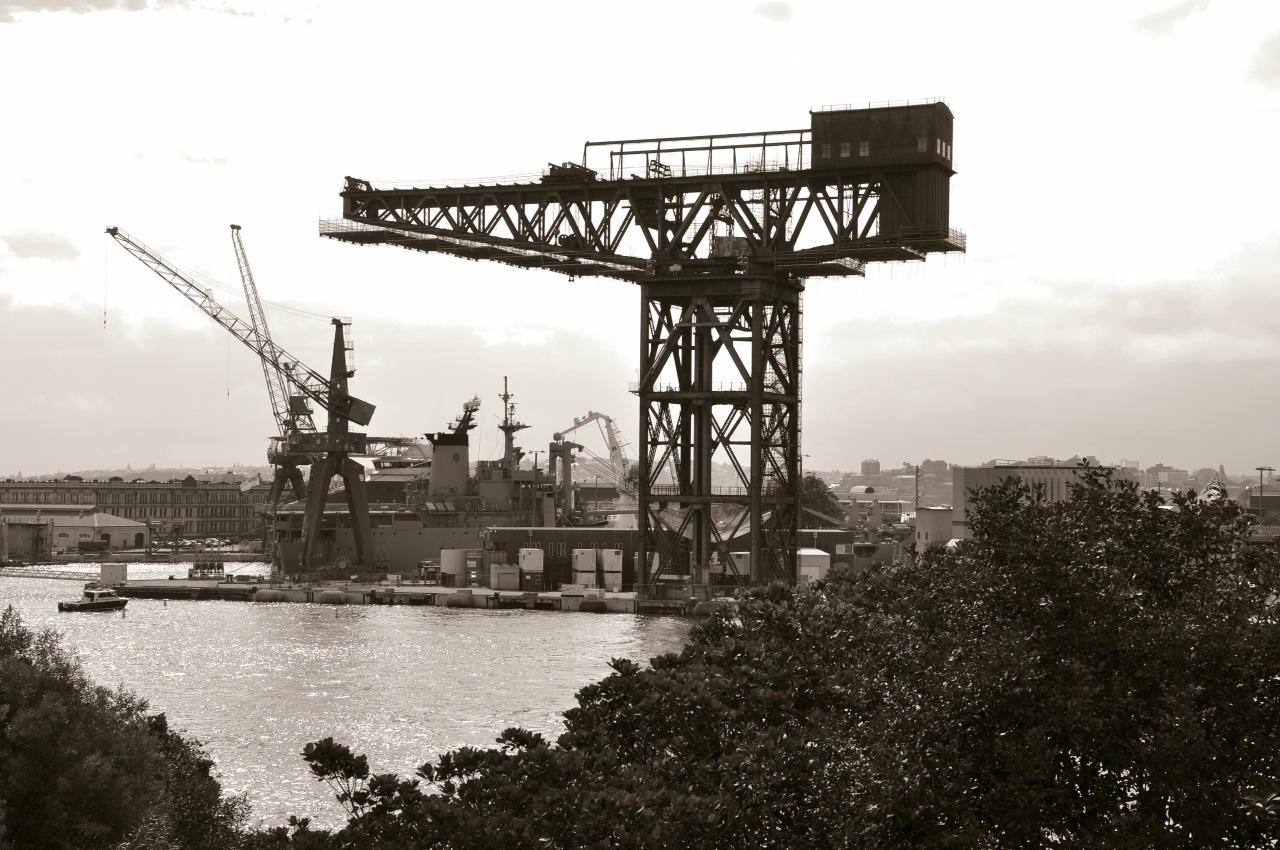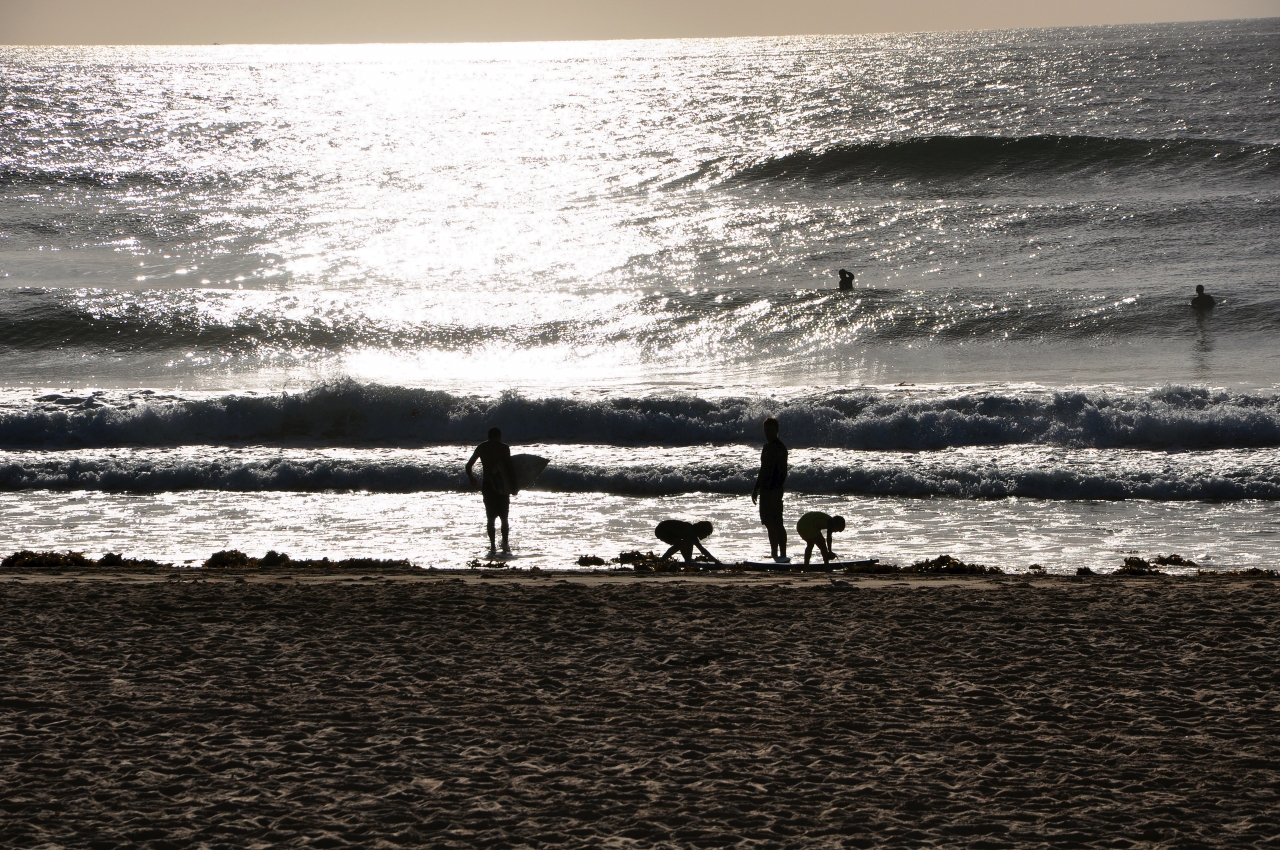Introduction
Sydney, a city known for its stunning harbour, iconic landmarks, and vibrant culture, is also a gastronomic paradise. With food precincts like Spice Alley, Chinatown, and The Grounds, it offers a culinary journey that spans the globe. But does Sydney need more such food areas to become the world’s food haven? Let’s delve into this.
A Taste of the World in Sydney
Sydney’s food scene is as diverse and as ever-changing as its population. From the aromatic Asian street food in Spice Alley and the authentic Chinese cuisine in Chinatown to the farm-to-table experience at The Grounds, Sydney offers a culinary adventure that caters to every palate. These food precincts not only serve delicious food but also create a unique dining atmosphere that enhances the overall experience.
The Need for More Food Precincts
While Sydney already has a rich and diverse food scene, there’s always room for growth. More food precincts could mean more variety and more opportunities to showcase global cuisines. It could also lead to increased tourism, job creation, and economic growth.
Moreover, food precincts often become cultural hubs where people of different backgrounds come together to share their love for food. They can promote multiculturalism and foster a sense of community.
Challenges and Considerations
However, creating more food precincts is not without challenges. It requires careful planning and consideration. Factors such as location, accessibility, sustainability, and impact on local communities must be taken into account.
Moreover, while diversity is important, it’s equally crucial to support and promote local produce and cuisine. Balancing the global with the local could be key to Sydney’s success as a food haven.
Boosting Tourism
Sydney, with its iconic landmarks and beautiful beaches, is already a popular tourist destination. Adding more food precincts could further enhance its appeal. Food tourism is a growing trend, with travelers seeking out destinations that offer unique and authentic culinary experiences.
By showcasing a variety of global cuisines, Sydney could attract food enthusiasts from around the world. These food precincts could become must-visit spots, much like the Sydney Opera House or the Harbour Bridge. They could also host food festivals, cooking classes, and other events, offering tourists an immersive experience that goes beyond just dining.
Stimulating the Economy
The economic benefits of more food precincts could be significant. They could create jobs, not just in the restaurants themselves, but also in related industries such as agriculture, food production, and transportation.
Moreover, money spent by tourists can stimulate the local economy. When tourists dine at these food precincts, they’re not just paying for the food. They’re also contributing to the rent, the wages of the workers, and the purchase of local produce. This money can then circulate within the local economy, benefiting a wide range of businesses and individuals.
Furthermore, successful food precincts could increase property values in their vicinity, leading to increased revenue from property taxes. They could also attract investment, both domestic and foreign, further stimulating economic growth.
Conclusion
In conclusion, while Sydney already boasts a vibrant food scene, more food precincts like Spice Alley, Chinatown, and The Grounds could potentially enhance its status as a global food haven. However, careful planning and a balanced approach will be crucial to ensure that this growth is sustainable and beneficial for all.
Expanding Sydney’s food precincts & suburbs could have far-reaching effects on both tourism and the economy. It could position Sydney as a global food haven, attract tourists, create jobs, stimulate the local economy, and foster cultural exchange and understanding. With careful planning and execution, the potential benefits could be immense. Sydney has the opportunity to not just be a city with great food, but a city that uses food as a tool for economic and social development.
So, does Sydney need more food areas to become the world’s food haven? The answer is a resounding yes. But it’s not just about quantity, it’s about quality, diversity, and sustainability. With the right approach, Sydney has the potential to become not just a food haven, but a symbol of culinary unity in diversity.
Join the Discussion
We’d love to hear your thoughts on Sydney’s potential as the world’s next food haven. Do you think more food precincts like Spice Alley, Chinatown, and The Grounds would enhance Sydney’s culinary scene? How do you see this impacting tourism and the local economy? Share your thoughts, Sydney food stories, ideas, and experiences in the comments below. Let’s get the conversation started!
Remember to use our hashtags when sharing your thoughts on social media




Leave a Reply